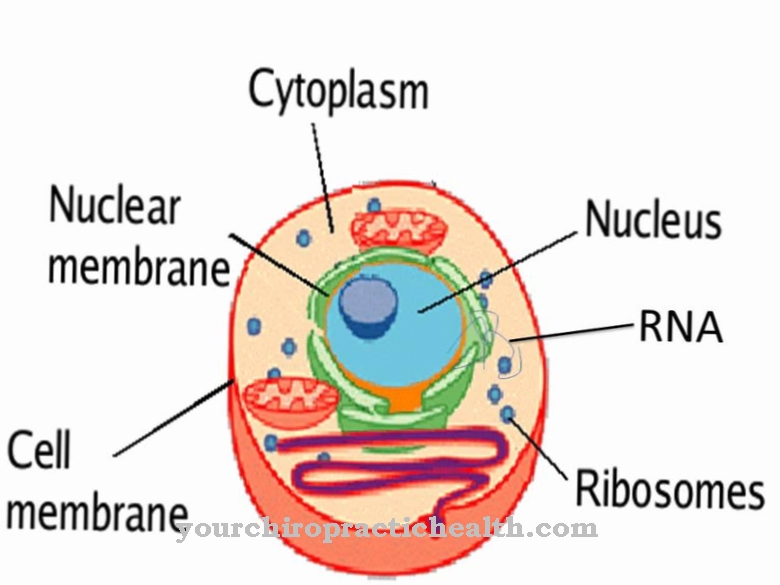The spleen is an important human organ that performs three important functions, namely the production and storage of white blood cells for the immune system and the removal of obsolete red blood cells.
What is the spleen?

The spleen is the largest human lymphatic organ, i.e. the largest organ in the human body in which lymphocytes, also known as white blood cells, are formed. It is part of the lymphatic system, which is another vascular system in the human body in addition to the bloodstream.
However, the spleen is not separated from the bloodstream, but instead is firmly integrated into it, because it is responsible for the formation and storage of white blood cells and the elimination of outdated red blood cells.
Since white blood cells are responsible for recognizing foreign bodies in the blood such as bacteria or viruses and eliminating them through immunological measures, the spleen is an important part of the immune system. However, it is not one of the vital organs in adults.
Anatomy & structure
The spleen found in every mammal. In humans, it is located in the left upper abdomen between the left kidney and the diaphragm. It usually weighs between 150 and 200 grams with a length of about 12 cm, a width of about 7 cm and a thickness of about 4 cm.
The spleen is surrounded by a capsule from which vaginal walls pull into the interior of the spleen. Together, the capsule and the vaginal walls form the anatomical basic structure of the spleen from reticular fibers and cells. Due to its dual function, the spleen is divided into two different organs: the white and red pulp.
There are several Malpighi bodies inside the spleen. These are lymph follicles, also called spleen nodules, which together form the white pulp. The space between the nodules is supplied with blood and represents the red pulp.
Functions & tasks
The spleen is part of the lymphatic system and acts as a filter. It is called an organ that is divided into two parts, made up of white and red pulp, as both have different functions.
While one part of the spleen is responsible for the formation of lymphocytes, the white blood cells, in the other part the old erythrocytes, the red blood cells, are broken down. The white pulp is responsible for the formation of white blood cells. Since white blood cells are responsible for the immune system, the spleen makes a big contribution to a healthy immune system.
The red pulp takes over the breakdown of the old red blood cells, which can also store white blood cells and platelets and shed them when necessary. Just as the spleen is able to break down damaged blood cells, it is also able to secrete other components, including cells loaded with antibodies, immune complexes or Firbin monomers, but also microorganisms that could damage the body.
Even if the function of the spleen is impressive, it is not a vital organ for adults - but it is for children up to the age of six, because during this time the spleen is significantly involved not only in the formation of white blood cells, but also of red blood cells .
Diseases
The spleen is an organ with which there are seldom problems due to illness. It becomes dangerous if the spleen ruptures, for example if the ribs are injured. In technical jargon, it is referred to as a rupture of the spleen. If there is such a rupture of the spleen, there is a risk that the spleen will bleed into the abdomen.
This can be life-threatening for the person concerned, which is why the spleen is often surgically removed in such a case. This is usually not a problem for adults, as they can live well without a spleen. However, since the spleen makes a significant contribution to the immune system, after removal of the spleen there is an increased risk that those affected will more frequently develop bacterial infections.
Other diseases of the spleen are inflammation of the spleen, splenic infarction or so-called amyloidosis. In order to be able to carry out examinations on the spleen, an ultrasound is usually done, and now and then also a computed tomography. The spleen usually cannot be palpated unless it is enlarged due to the disease.
Enlargement of the spleen can have different causes and indicate spleen tumors and spleen metastases, result from leukemia or occur after a malaria infection or a viral disease.
Typical & common diseases
- Splenomegaly
- Splenitis
- Splenic infarction
- OPSI syndrome



























